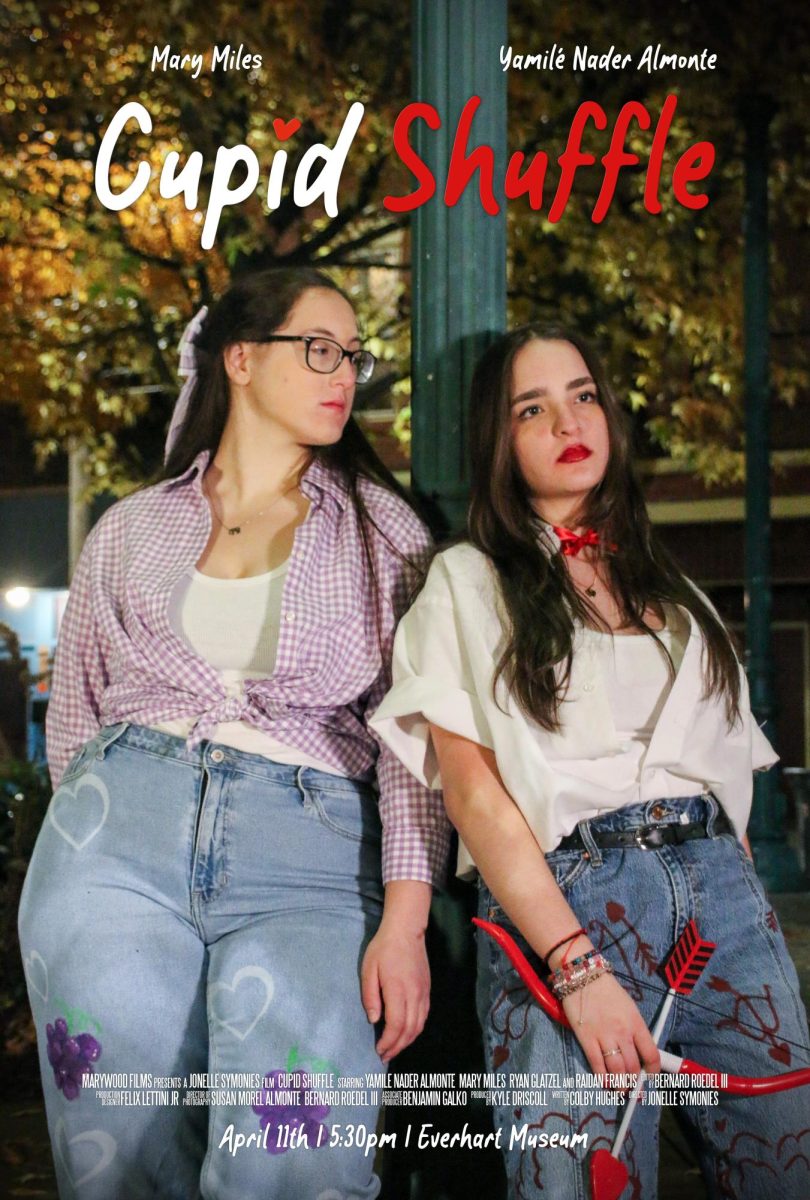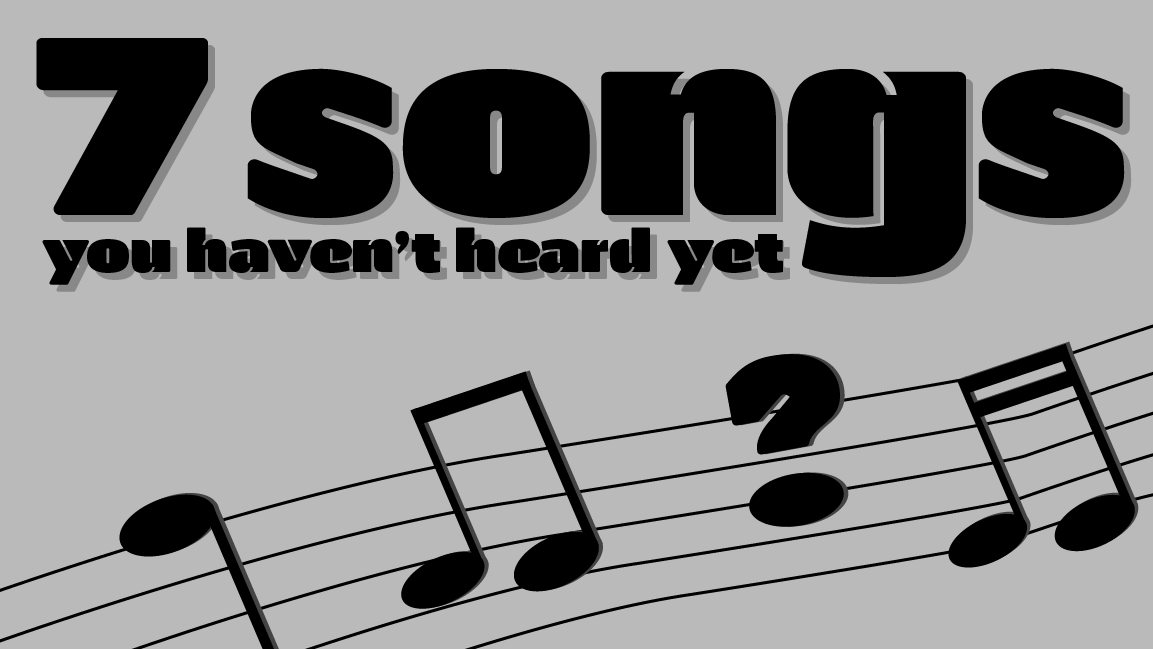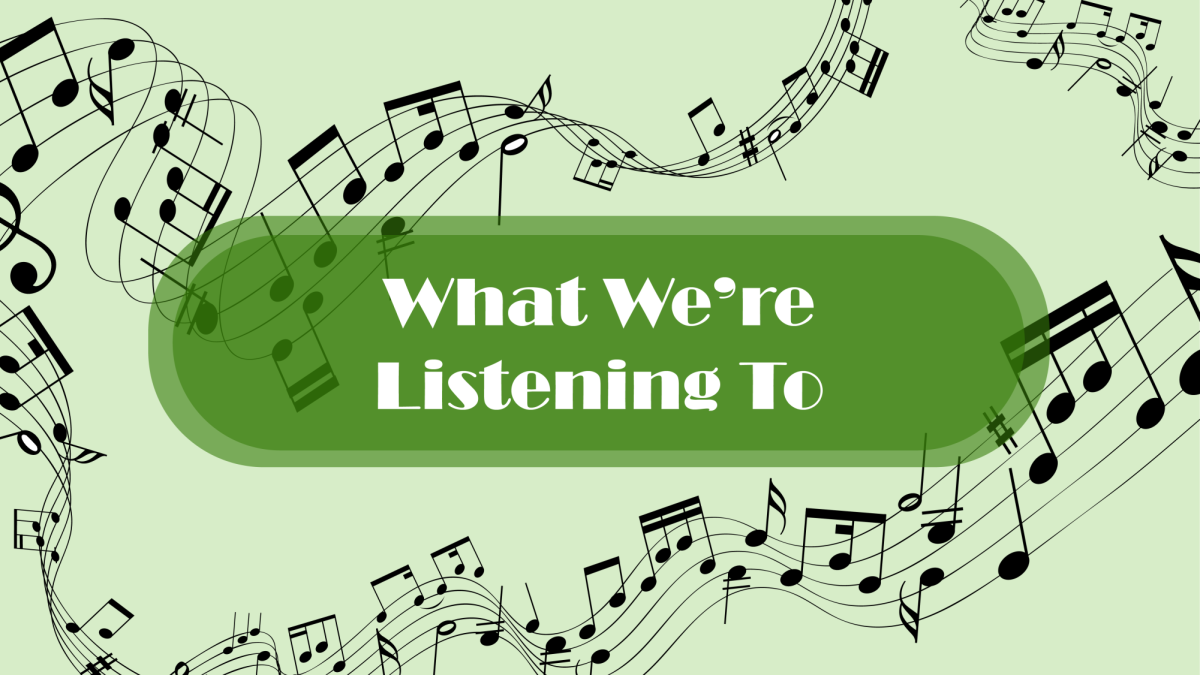Pumpkin carvings, hay rides, candy apples, scary costumes, trick-or-treaters, candy, candy corn, “Hocus Pocus,” bobbing for apples, black cats, ghosts, and skeletons are usually the first few things that come to mind when someone mentions the word Halloween. However, most people do not know the history behind this spooky holiday.
According to history.com, this popular holiday dates back to an ancient Celtic festival known as Samhain. More than 2,000 years ago, the Celts lived in the area that is known today as Ireland, northern France, and the United Kingdom. They celebrated their new year not on Jan. 1, but rather on Nov. 1. This particular day was important to them because it signified the end of the summer season, including the end of their harvest season. While the start of their new year welcomed the winter season, it also welcomed a time that was associated with human death.
Celts held the notion that the night of October 31 was when the ghosts that had died would return to the earth. While believing these ghosts would destroy their crops, they also felt as though their presence would help the Celtic priests form predictions about the future. On this night, they would build bonfires where people would come together to burn crops and animals. This would be thought of as an act of sacrifice for the Celtic gods. The Celtics would wear costumes consisting of animal heads and skin while they would discuss their fortunes.
The Halloween holiday was not celebrated as much in colonial New England primarily because of the beliefs of the Protestants. However, it was more popular in the southern colonies. Customs from each of the European ethnic groups, as well as the American Indians, had come together and more of an American form of Halloween started to become established. Halloween activities that were held consisted of many of the same customs as the Celtics, which included exchanging stories and fortunes.
New immigrants coming to America mainly helped to disperse the Halloween customs. Costumes originated from the traditions of the Irish and English being blended together. As referenced in the History Channel website, the idea of trick-or-treating is thought to have come from the All Souls’ Day parades which occurred in England. American immigrants would wear costumes and go from one house to another while asking for food or even money at each person’s door. This act of asking for food or money is what started the tradition today known as “trick-or-treating.” Citizens who were not as well off would go from door to door and beg people for food. The people answering their doors would give out soul cakes in exchange for the citizens to pray for their family’s relatives who had passed away.
Here at Marywood, students will engage in a variety of Halloween traditions. Sophomore Kristen Delfing, music therapy major, will be going to St. Joseph’s Center to help bag candy for trick-or-treaters with disabilities and helping at their Halloween party. “I love seeing the residents dressed up in their costumes and having a good time,” she said.
According to Yahoo! News, the estimated number of trick-or-treaters in 2011 was 41 million children from the ages of five to 14. The value of pumpkins that are grown and picked for Halloween throughout the six highest pumpkin-producing states- Illinois, California, New York, Ohio, Pennsylvania, and Michigan- was $113 million dollars. Americans spend an estimated amount of $6 billion dollars each year on Halloween.
Whether participating in the trick-or-treating or handing out candy, students look forward to Halloween. Freshman Stephen Trygar said, “I look forward to helping my grandmother give candy to the trick-or-treaters and seeing the excitement that all the kids have when they perform and then when they get their candy.”
So, next time you are shopping for a Halloween costume, keep in mind that if you lived 2,000 years ago, you would not have had as many choices. Your only option would be to wear the skin and head of an animal! Happy Halloween!










